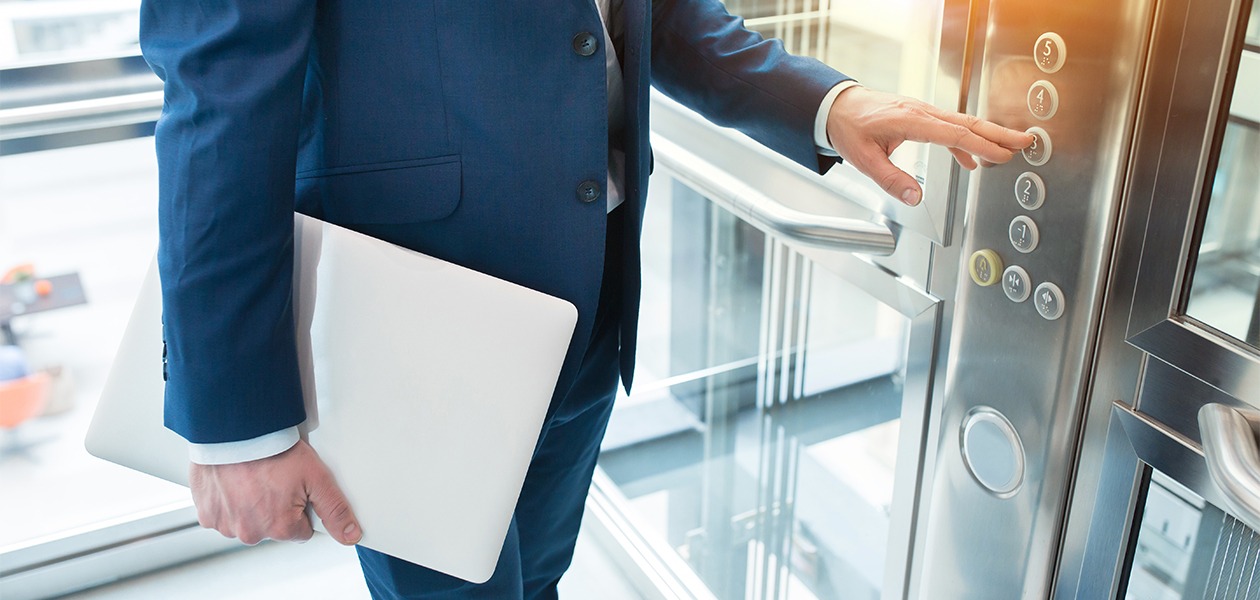Technological innovations to maintain physical distance and facilitate contactless communication will help equip workplaces transition to a new normal.The consensus is that 2020 has been a year of unprecedented challenges. Not many would have predicted the extent to which a pandemic of this scale would grip the world, shut down global economies, and force people away from offices and into their homes for the foreseeable future.
This new world, one necessitated by the COVID-19 pandemic, is one of safe distancing, meticulous hygiene, efficient communication, and minimal physical contact. Most notably, these new norms have changed the face of work. The question is, how will workplaces adapt, and what can technology do to help?
 Communicating with staff on the move
Communicating with staff on the move
As governments began to realise the gravity of the COVID-19 pandemic, lockdowns prohibiting physical gatherings and crowded workplaces came into effect quickly. Companies were also fast to adapt, with video conferencing software like Zoom taking the place of meeting rooms as employees switched to working remotely. But around the globe, there are 2.2 billion blue-collar jobs that don’t involve sitting in front of a computer.
For this substantial segment of the workforce, a new-generation smartphone app may just be the key to helping them stay in touch throughout a work day. This app is touted to be an all-in-one workplace communication tool for blue-collar, physical or temporary workers, allowing for fast, simple, and secure communication between individuals or groups of workers. Additional features like hazard reporting, conversation monitoring, chatbots for official communication, and on-the-go training programs are also available for users to increase their productivity and collectively build a better working environment.
On top of its communication features, the app also works as a human resource (HR) management tool with a user-friendly interface, and the potential to integrate companies’ existing HR systems with newer ones.
 Working safely with others
Working safely with others
While workers can begin to physically head out to work , there is still the need to socially distance from others to reduce the risk of virus transmission. But when you’re out and about at work it’s not always easy to know if you’re maintaining a safe amount of distance from your colleagues. A social distancing monitoring system may be the solution to allay our fears.
Using tags and an ultra-wideband signal to monitor the location of people in a confined area, this system will keep track of the amount of distance among workers, even in busy complex environments like factories and schools.
Workers are reminded to maintain a safe distance from each other as an alarm will be activated by the monitoring system if they come too close to each other. It also records the violation incident for review later, and to provide options like layout adjustments or targeted training. Keeping a record of proximity violation can also help with contact tracing in the event of an infection, while monitoring the total number of people in a given space could prevent overcrowding.
 Lifting us up
Lifting us up
As more research and patient anecdotes surface over time, we learn that simply maintaining physical distance from others isn’t enough to protect ourselves from infection. An early-release research letter published by the Centers for Disease Control and Prevention (CDC) showed that an asymptomatic woman managed to infect 71 other people with COVID-19 without coming into direct contact with them. The preliminary findings indicated that the traces she left in the elevator were enough to infect other passengers after her, increasing the probability that high-touch surfaces like elevator buttons can be hot spots for potential community transmission.
Drawing upon their experience in AI interface development and design and human-machine interaction, a Singapore-based tech company is developing a contactless elevator control system that operates on voice commands. With access to a multi-lingual semantic recognition and translation engine, this voice-command control system will potentially support over 30 languages with intelligent virtual assistant support.
Although the system is developed primarily for contactless elevator control, the developers propose that these same voice-commands may be applied to other systems which traditionally require touch controls, such as the operation of machinery for basic tasks.
---
The COVID-19 pandemic has been a time of major upheaval and uncertainty. But we can be certain about at least one thing: as we adapt to new norms, we will need to change the way we do things. And where there’s a need, new technologies will rise to meet it.

